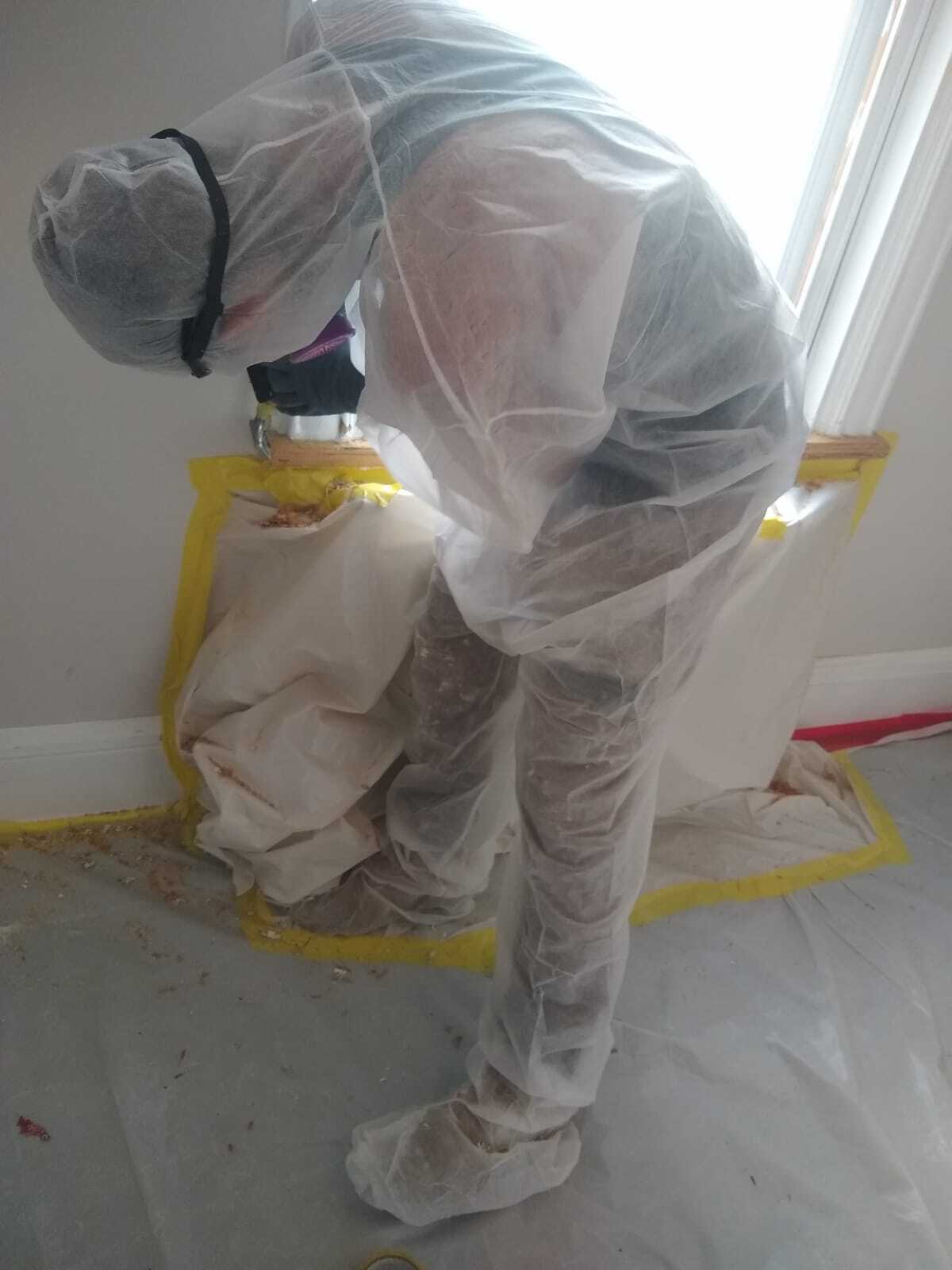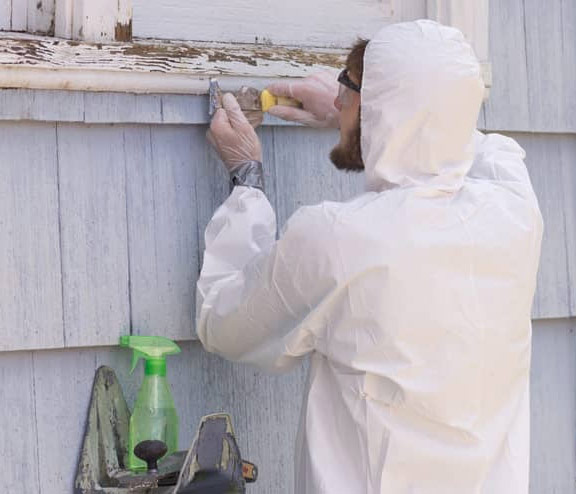Reliable DOH & HPD Lead Violation Removal in NYC-- Safeguard Your Property
Reliable DOH & HPD Lead Violation Removal in NYC-- Safeguard Your Property
Blog Article
Vital Tools and Strategies for Efficient Lead Violation Cleanup
Addressing lead violations properly demands a thorough approach that blends the right devices with critical methods. The very first step involves gearing up workers with Individual Safety Devices (PPE) to protect their health. Simultaneously, making use of specialized cleaning devices, such as HEPA vacuums and lead-specific cleaner, is critical for detailed pollutant elimination. Reliable containment approaches, consisting of plastic sheeting and adverse air stress systems, are necessary to stop the spread of dangerous materials. Risk-free disposal techniques and stringent adherence to governing guidelines make certain liable handling of hazardous waste. What are the nuanced strategies that absolutely make a distinction?
Individual Safety Tools
Individual safety devices (PPE) is a crucial element in the efficient administration of lead contamination clean-up. The necessary PPE for lead clean-up includes respirators, protective clothing, gloves, and eye protection.
Respirators, particularly those equipped with HEPA filters, are essential for filtering air-borne lead fragments, preventing breathing. Correct fit and seal checks are vital to guarantee their efficiency. Protective apparel, including coveralls and disposable matches, protects against lead dust from adhering to employees' garments, minimizing the danger of secondary contamination. Gloves, normally made from nitrile or latex, shield the skin from straight call with lead, while safety goggles or full-face guards secure the eyes from dust and particles.
In addition, extensive training on the right usage and upkeep of PPE is essential. Workers have to be educated on wearing and doffing procedures to prevent contamination. Normal examinations and substitutes of PPE elements are necessary to keep their protective capabilities, making certain a risk-free and certified cleanup procedure.
Specialized Cleaning Tools

Another crucial tool is the wet/dry vacuum cleaner, which can effectively tidy up both dirt and fluid contaminants. These vacuum cleaners often include HEPA filters to give an additional layer of security. Damp cleans or tack cloths are likewise critical for surface area cleaning; they are especially developed to record and hold lead particles, reducing the threat of spreading out contamination.
For more stubborn down payments, specialized lead-removal cleansing agents are called for. These representatives are formulated to damage down lead particles, making them easier to eliminate. Scrub brushes with strong bristles can assist in this procedure, especially on rough surfaces where lead dust often tends to adhere much more strongly.
Furthermore, encapsulants are utilized to seal lead-contaminated surfaces, stopping the launch of lead dirt. These specialized paints and coverings are developed to adhere to different substrates, offering a long-term option for lead control.
Effective Control Approaches
Reliable control techniques are important in minimizing the spread of lead contamination throughout cleanup tasks. Applying robust control approaches ensures that lead particles do not migrate to untouched locations, thus shielding both workers the original source and the atmosphere. One main approach is making use of plastic sheeting to seal off polluted areas. Durable polyethylene obstacles can be mounted from floor to ceiling to create a controlled workspace, dramatically lowering the danger of air-borne lead dust dispersal.

To improve containment, encapsulants can be related to surface areas that are not being eliminated her response or disrupted. These specialized finishings bind lead dust, minimizing its availability for resuspension. In addition, all workers must wear ideal Personal Safety Equipment (PPE), consisting of respirators and disposable matches, to avoid contamination spread.
Safe Disposal Practices
Making sure secure disposal methods is a crucial component in the monitoring of lead contamination cleanup. Proper disposal mitigates the threat of lead returning to the navigate to this website atmosphere and threatening public health and wellness. The primary step is to recognize and set apart lead-contaminated waste from other materials. Safe containment using sturdy, watertight containers is vital to protect against splilling throughout transportation.
Moving lead waste requires adherence to strict standards. Using certified harmful waste service providers makes certain that the materials are handled responsibly. Paperwork, consisting of shows up describing the kind and amount of waste, need to come with deliveries to track the waste from the website of origin to its final disposal destination.
Designated contaminated materials disposal facilities are furnished to manage lead-contaminated materials safely. These facilities usually use advanced approaches such as stablizing, solidification, or chemical therapy to reduce the effects of the lead before disposal. Landfilling in specialized, lined areas that stop leachate from infecting groundwater is a typical method for final disposal.
Regular training for employees associated with lead garbage disposal is vital to keep security requirements and prevent accidental direct exposure. By sticking to these practices, companies can dramatically minimize the ecological and health and wellness effects connected with lead contamination.
Regulatory Conformity Tips

Adhering to governing conformity is vital in the successful implementation of lead contamination clean-up. Understanding and adhering to federal, state, and local regulations makes sure not only the safety and security and health and wellness of people however additionally the legal and economic wellness of the clean-up organization. The Epa (EPA) establishes rigid criteria, such as the Lead Renovation, Fixing, and Painting (RRP) Regulation, which mandates proper qualification and training for service providers taking care of lead-based activities.
Conformity begins with a detailed evaluation of suitable regulations and policies. Organizations needs to remain upgraded on any kind of legal adjustments, which can be helped with with routine training sessions and registering for sector updates. Documentation is another vital conformity aspect; maintaining comprehensive records of all activities, including assessment records, worker training logs, and disposal shows up, is important.
Furthermore, engaging with certified lead inspectors or risk assessors ensures that lead hazards are correctly identified and reduced. Employers should impose the use of Personal Safety Tools (PPE) and make certain that safety and security protocols are purely followed. Finally, transparent communication with stakeholders, including staff members, customers, and governing bodies, will certainly promote a culture of compliance and accountability, inevitably adding to a safer and more reliable lead cleaning process.
Conclusion
Reliable lead violation cleanup demands the integration of specialized tools and critical methodologies to make sure safety and security and efficacy. Personal safety equipment (PPE) safeguards workers from exposure, while risk-free disposal techniques and strict adherence to regulatory compliance are crucial for properly managing dangerous waste.
Report this page